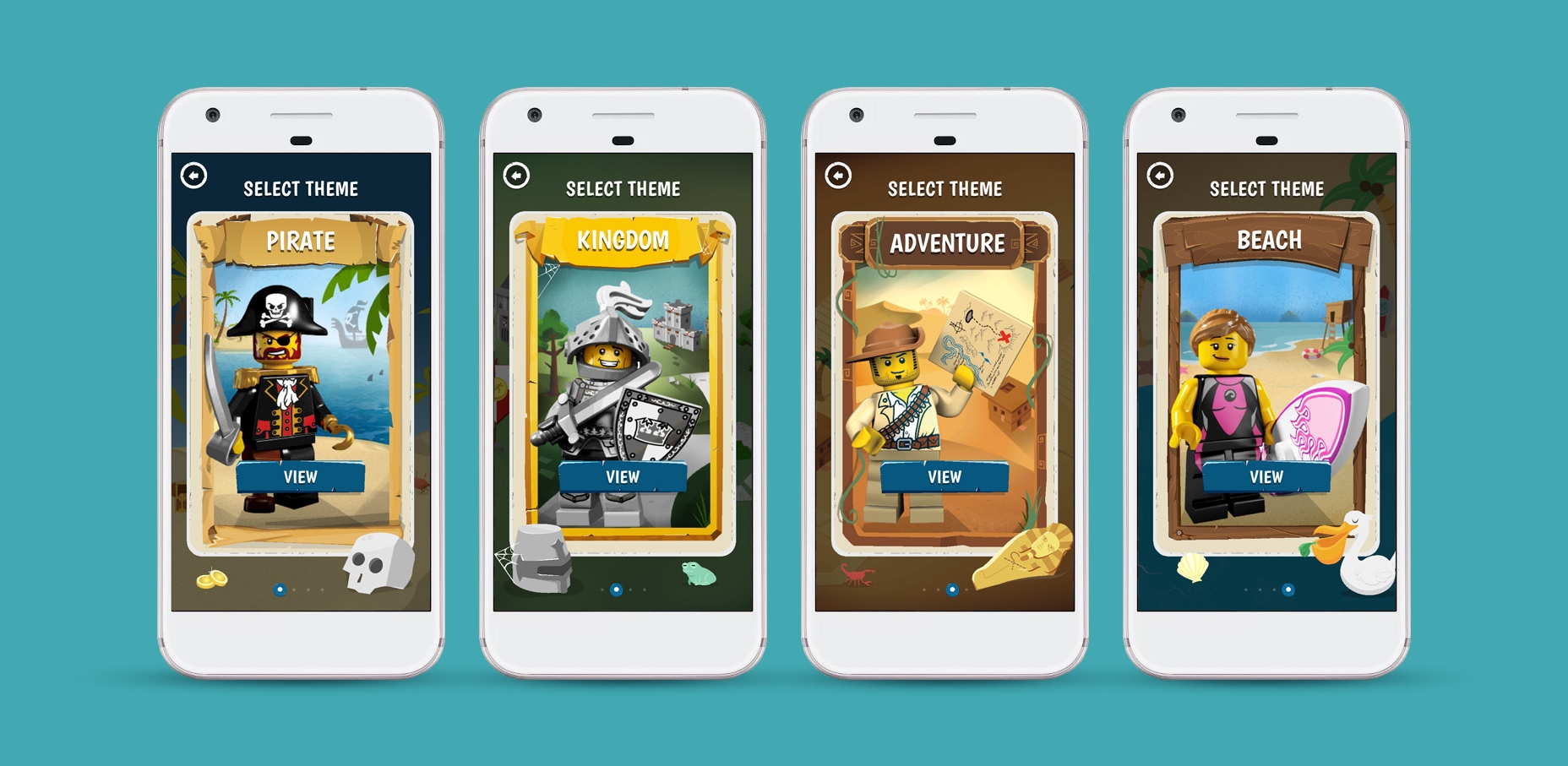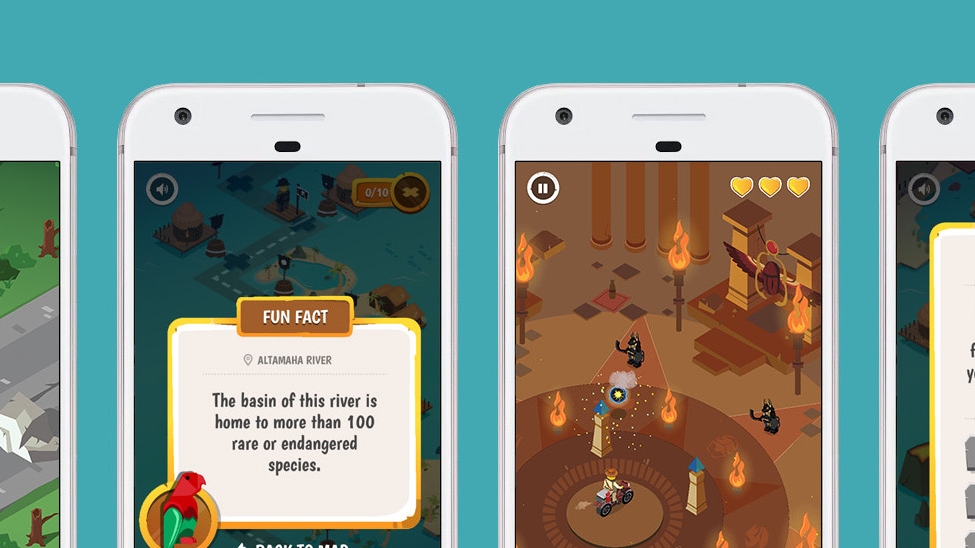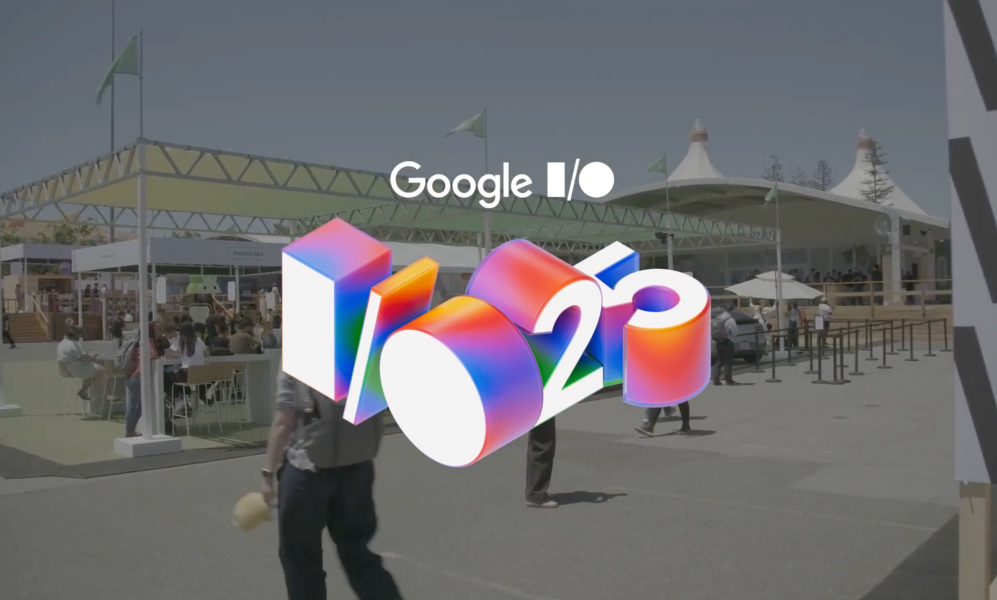Secrets from the Industry’s Best Storytellers

Growing consumption in digital media has brought an increased need in content through which brands can engage directly with audiences. For forward-thinking brands, the single creative idea and hard-sell approach have both stepped aside in favor of new, varied content strategies that take a more nuanced approach by engaging users through personalized content and experiences.
Such strategies enable brands to differentiate themselves and relate to audiences, either by showcasing their values or providing users with emotional, engaging content. But what all powerful content strategies have in common is a storytelling method that caters to a diverse audience’s interests and contexts. From maintaining brand-consumer relationships over the long-term to adapting to new platforms, we’re diving into a few different ways to tell a good story—and the different goals that they can achieve.
Inspire Consumers Across the Digital Ecosystem
One brand whose focus on storytelling has lent value across all consumer touchpoints is Weber. The grilling company realized that its consumers saw greater value in experiences over products, resulting in its “BBQ Cultures” platform that took them on a journey around the world and its diverse barbeque cultures. Employing gorgeous visuals, we worked with Weber and Uncle Grey to build a campaign and website that seeks to both entertain and inspire both novices and grilling experts alike, teaching them everything they need to know about grilling within an immersive environment. Throughout the experience, a narrative undercurrent rendered through film and cinemagraphs inspires users by placing them within several barbeque scenarios.

The Weber "BBQ Cultures" campaign highlights a sense of camaraderie and togetherness through grilling.
But we didn’t end the story there. For Weber, BBQ Cultures was just the first step within a larger mission to integrate stronger storytelling in everything they do. Today, the entire digital Weber ecosystem—including its website, app and social accounts—includes inspirational and aspirational content like tips for improving grilling technique, seasonal recipes, stories behind the content creators themselves and CTAs for users to share their own Weber grilling experiences. It’s a notable example of using storytelling not just to set the brand tone and narrative, but to spread it across the user journey to continually inspire and maintain a consumer relationship.
Another way to showcase a brand’s value is through episodic storytelling—which can be especially helpful for CPG brands hoping to stand out by offering useful, informative content. Feminine care brand Always reached adolescent girls in the UK with its “Girl Talk” YouTube series, which seeks to educate about menstruation in an approachable and engaging way. Featuring quizzes and puzzles solved by a relatable and diverse cast of girls, the series seeks to remedy common questions girls may have about their bodies, and informs them about what to expect as they mature. Brands that wish to take a similar, proactive approach to solving problems or answering questions related to their product or industry require a deep understanding of their audience, supported by data and continual user testing.
Seek New Engagement Opportunities with Innovative Storytelling
A key component to effective storytelling is context; early in the content brainstorming process, brands must think about when and where users will begin considering, buying and using the product they aim to support through a narrative. Identifying these different contexts can open up new opportunities to reach or expand, target audiences.
When it comes to having a content-first focus, Mattel is one best-in-class brand. Speaking with our SVP of Growth Nick Fuller at Brand Innovators’ recent Future of Content Marketing and Storytelling event, Mattel’s Chris Keenan (SVP and EP of Global Content Development and Production) shed some light on the brand’s marketing prowess. The Barbie line of fashion dolls has transformed from child avatar to full-fledged role model—complete with her own editorial voice, helping to keep the brand relevant today. Through various forms of digital content, the character now stands for a set of values through which she aids in child development, enjoyed by both children and parents alike.
One platform where you’ll see this is YouTube, where Barbie has become a popular vlogger delving into important topics, like how to deal with unhappy feelings in a healthy way. By maintaining a consistent presence on a platform where kids spend an increasing amount of time, Mattel directly engages with Barbie’s audience to define the brand’s values.

Quest to Legoland takes children on a journey populated with their favorite Lego characters--and real-world landmarks.
Mattel isn’t the only brand that has turned a key challenge—competing for attention or relevance with digital platforms and influencers—into new opportunities for narrative engagement. Another toy brand that has adapted especially well to digital platforms is Lego. One particularly innovative experience the brand provides through storytelling is its Quest to Legoland app, made in collaboration with VML and MediaMonks, which takes children on one of four imaginary adventures en route to the Legoland Florida Resort. Powered by Google Maps, the app provides kids with fun facts and content related to over a thousand different landmarks that they might pass along the way, eliminating the age-old “Are we there yet?” family road trip refrain.
Ten different minigames ensure the educational journey feels fresh and fun, offering an experience that clicks well with Lego’s goal to help kids discover the world around them through imagination and play. Featuring characters and themes found throughout the Legoland theme park, the app fills in a crucial white space: the otherwise long, boring drive in anticipation of reaching a destination. With this app, the journey truly becomes the destination itself.
Each of the storytelling examples outlined above sought to innovate or expand into new territory through best-in-class narrative or interactive experiences. While embarking on this marketing adventure may feel intimidating at the outset, a clear understanding of your audience, where they are and what you want them to feel when they engage is key. From there, you can begin applying insights to a content strategy that not seeks to not only convert, but truly inspire.
Related
Thinking
Sharpen your edge in a world that won't wait
Sign up to get email updates with actionable insights, cutting-edge research and proven strategies.
Monks needs the contact information you provide to us to contact you about our products and services. You may unsubscribe from these communications at any time. For information on how to unsubscribe, as well as our privacy practices and commitment to protecting your privacy, please review our Privacy Policy.



